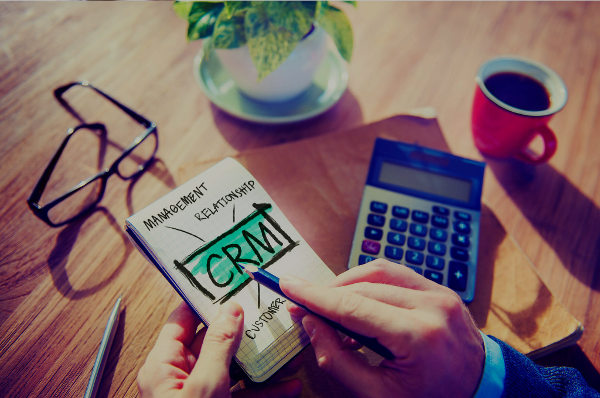An Introduction to Business Model Innovation
People's ability to innovate never ceases to amaze us as many companies develop excellent and sophisticated products. However, companies often lose...

Amazon, Inc. is one of the world's largest retailers of e-commerce and cloud computing services at all levels. Their motto is: From A to Z, which translates to From "A" to "Z", meaning they offer everything.
It is a Marketplace that allows selling products worldwide and especially in North America. In order to understand its dimension, here are some numbers:
Clearly analyzing all of the above we can see the importance and interest that many have in selling through this platform, since they probably see it as the easiest way to take their products to international markets and especially to the United States.
Now, the first thing is to understand who can sell on Amazon and the second thing is what can I sell.
Who can sell on Amazon?
In principle anyone can sell on Amazon, to register the requirements are very simple:
And it is particularly convenient for manufacturers and producers, since they are direct sellers and can offer more competitive prices.
To say what to sell on Amazon you should consult the list of Product Categories, this establishes the categories that have no selling restriction, then there is another list called as Categories with Restrictions, which indicates some conditions with which the products must comply in order to be sold online.
You should analyze what to sell, probably, it does not make sense to sell your entire portfolio, therefore, here are some criteria to decide:
5 things to do before selling on Amazon
1. Define the value proposition for the US market: this is the main offer you provide to your customers that adds value to them, to their lives. By adding value to your customers, this offer becomes compelling to consume. In this way, if we find ourselves with an undecided customer, this value proposition is the one that helps to finalize the sale. To learn more we invite you to visit:
2. Multi-languages: as we saw Amazon allows us to reach the whole world and mainly the United States, this means that we must be able to have the information of our catalog in at least two languages, Spanish and English.
3. Inventory management: inventory management is key to sell successfully on Amazon. Put yourself in the feet of the buyer, you know how it feels to click on an item you want or worse you need, to discover that it is out of stock, this will make you lose great sales opportunities. To solve this you should consider:
4. Ominicanality: establishing a digital strategy brings the challenge of having to manage many channels, this adds a lot of complexity, as each platform requires administration which translates into a lot of work, the only way to manage this is through an ominicanality that allows us from a single platform to manage all the digital channels that we have enabled.
To learn more about how to manage an online sales strategy we invite you to schedule a consulting session at this link: Meeting.


People's ability to innovate never ceases to amaze us as many companies develop excellent and sophisticated products. However, companies often lose...

When implementing a new software or tool for the company, we always want it to be done in the most optimal way and to make the most of everything it...

The ability of people to innovate never ceases to amaze us, companies are continuously developing innovative products. Despite their innovations,...